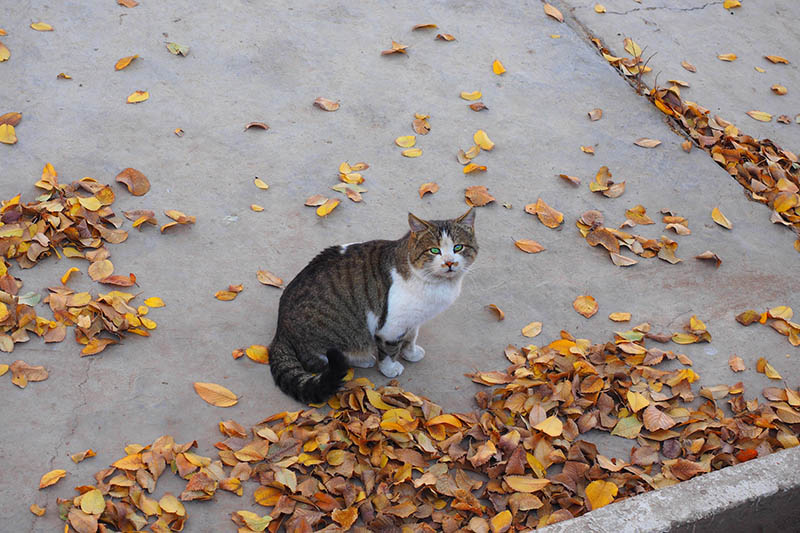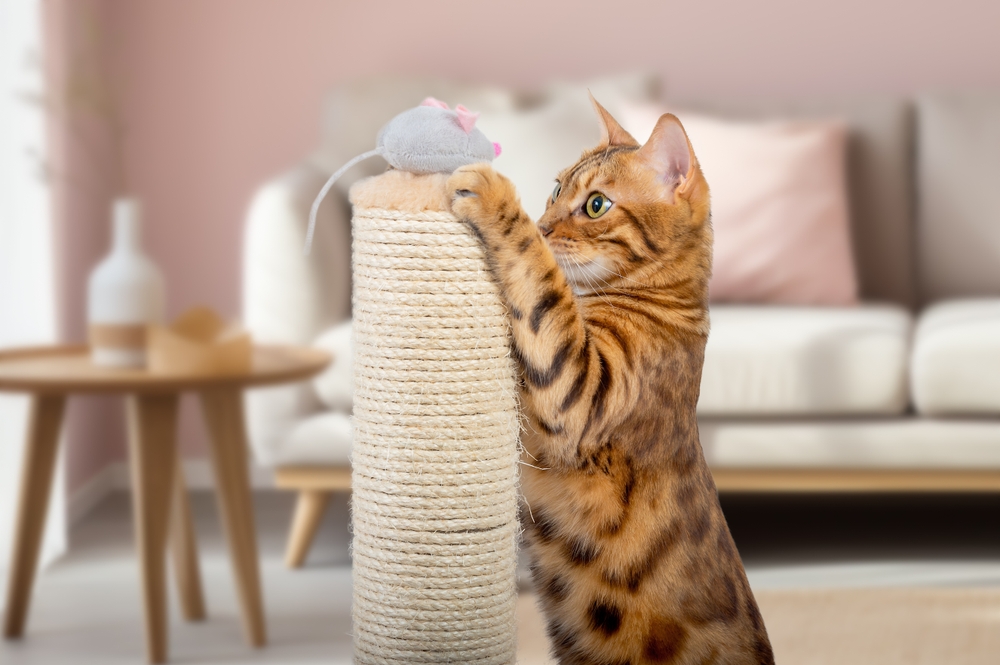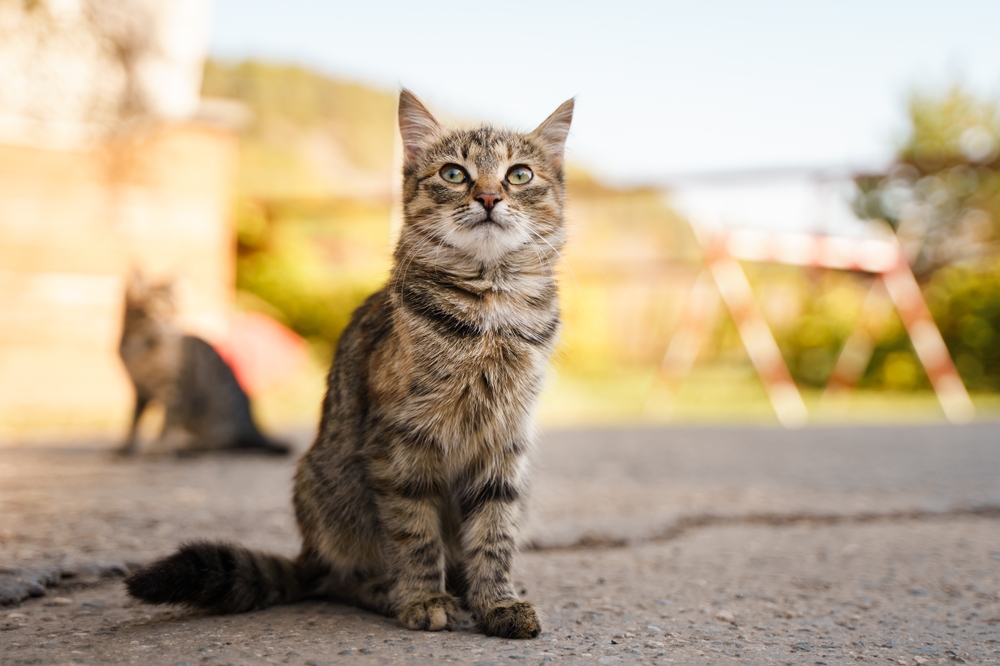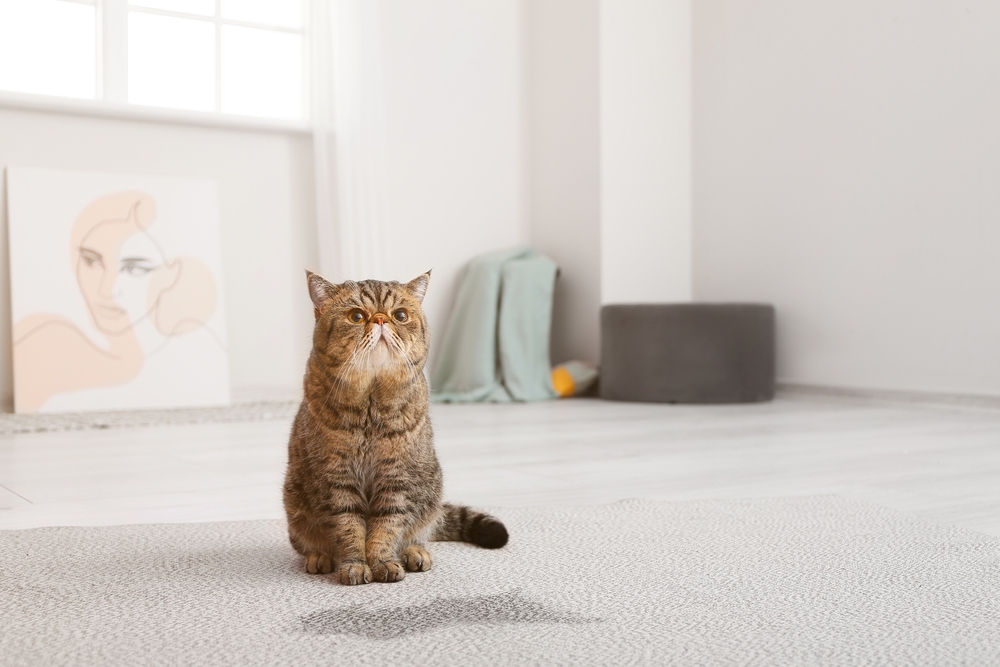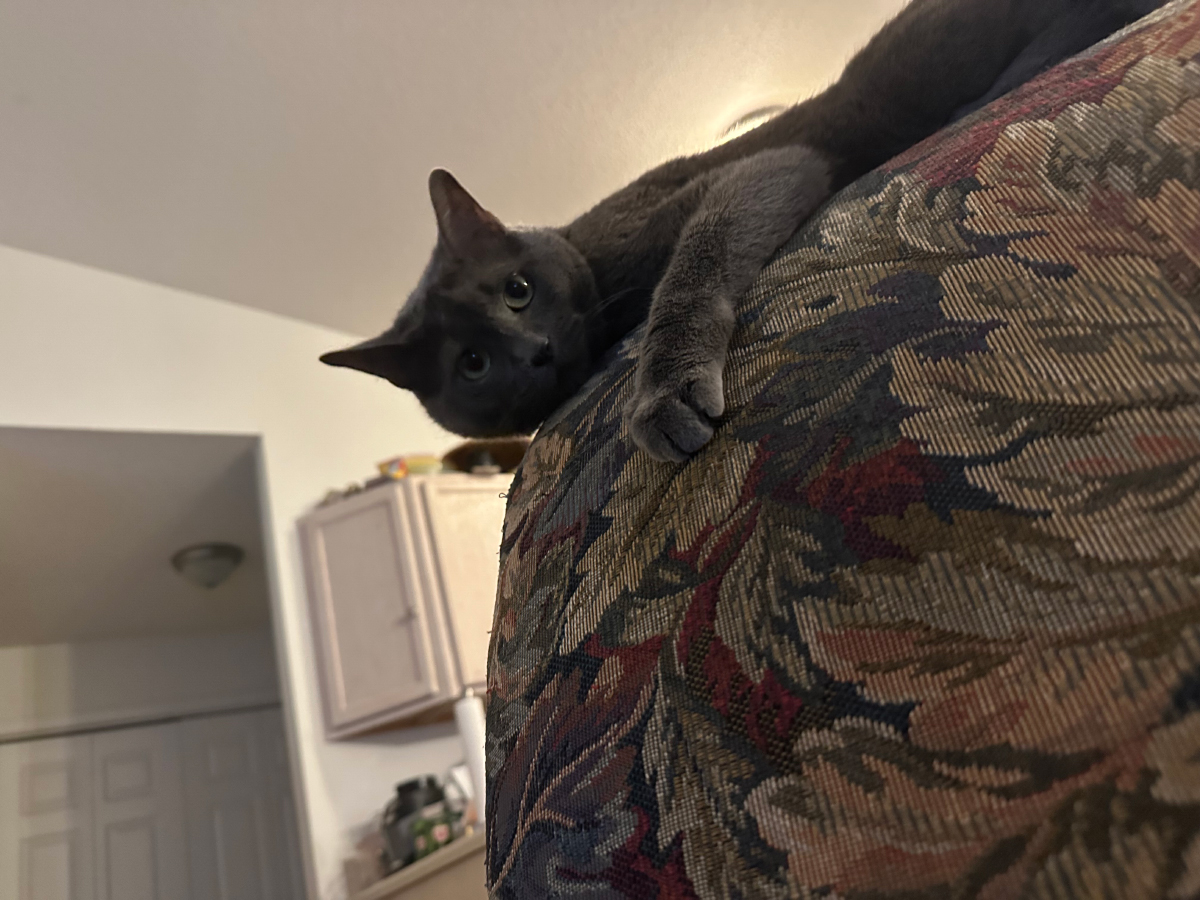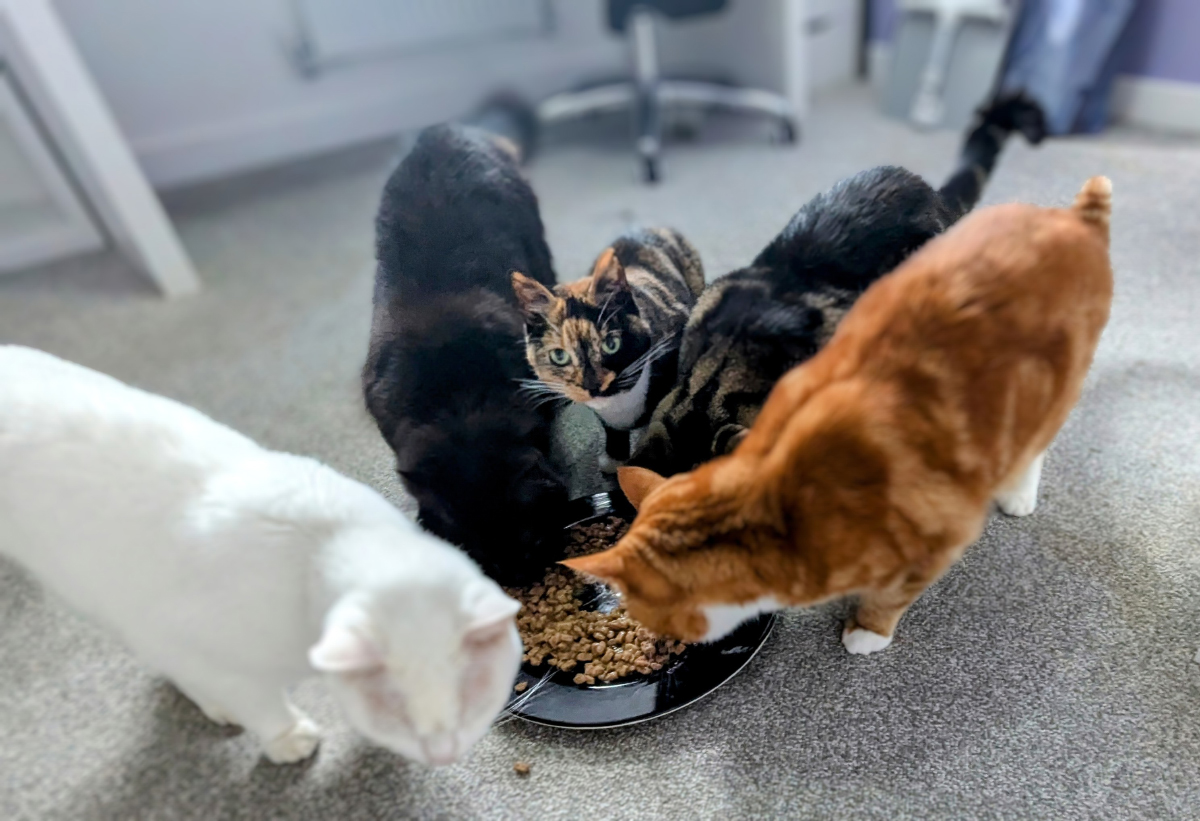Feral cats are those that have had minimal to no human contact and thrive in the wild. As a result, their poop may differ slightly from that of domesticated cats, depending on what they’ve eaten or hunted recently.
Understanding what feral cat poop looks like is essential for pet owners, wildlife enthusiasts, and those dealing with feral cat colonies. To help you learn more, we will discuss the appearance of feral cat poop, why it’s essential to recognize it, and how to handle it safely.
Do Feral Cats Poop in the Same Place?
Since feral cats aren’t domesticated like house cats, they will poop anywhere and everywhere. This leaves some people wondering if feral cats choose one specific spot to use as their toilet. They can and will poop anywhere they feel safe and comfortable, but there are a few things you should know about where feral cats may be defecating.
First, it’s essential to understand that feral cats have a much more extensive territory than their domestic counterparts. While a house cat may stick to one or two rooms in a home, feral cats can roam over an entire city block or neighborhood.
They find spots all over their territory to use as their bathroom, and it’s not uncommon for them to move from place to place. Feral cats are incredibly territorial creatures, and they use specific markers, such as scents or markings, to claim certain areas as their own. If a feral cat feels that another animal is encroaching on their territory, they may mark the area with feces to assert dominance.
Identifying Feral Cat Poop
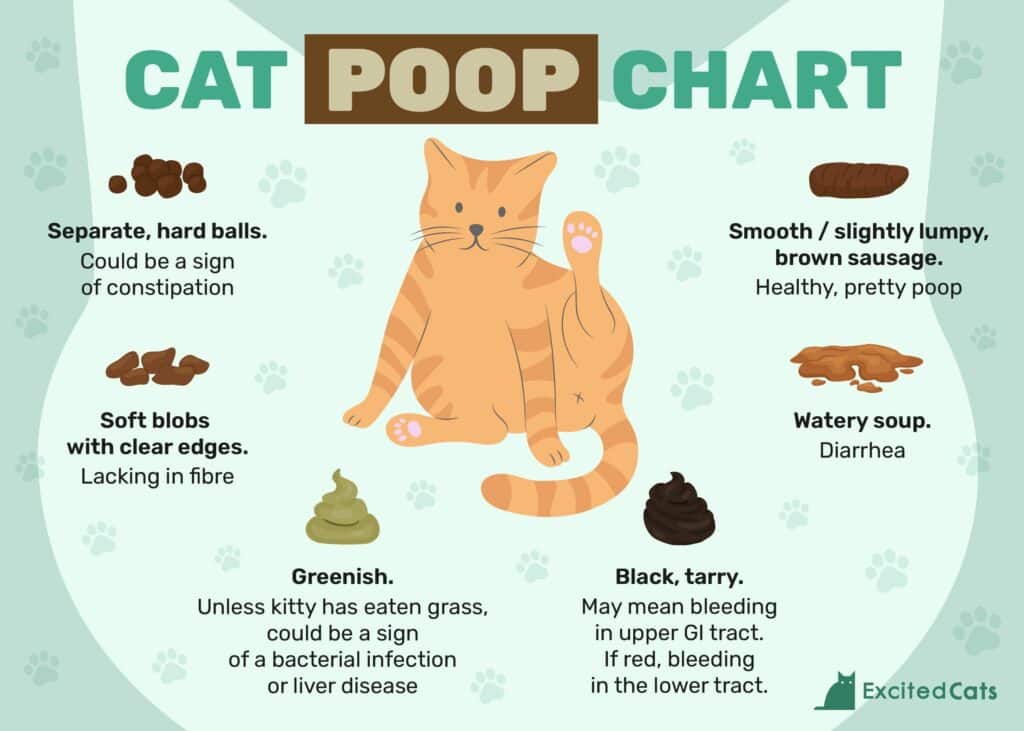
Size and Shape
Feral cat poop is cylindrical and measures about 1 to 2 inches long and 1/2 to 3/4 of an inch in diameter. It’s generally segmented, with one or both ends tapering to a point. However, the consistency can vary depending on the cat’s diet, ranging from firm and well-formed to soft and loose.
Color
The color of feral cat poop is typically dark brown, similar to domesticated cat poop. However, it can vary depending on the cat’s diet.
Odor
Feral cat poop has a distinctive, pungent smell similar to domesticated cat poop. This strong odor is due to the high protein content in their diet and secretions from their anal glands and can be a helpful indicator when identifying cat feces.
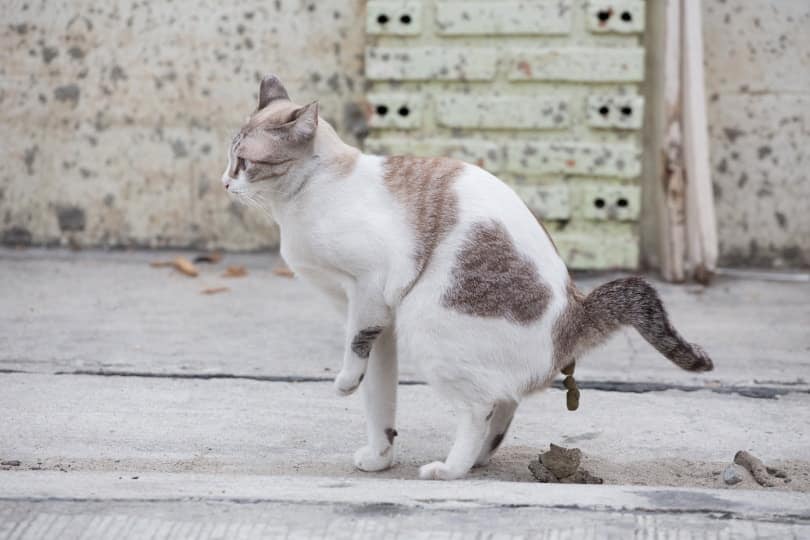
Why Identifying Feral Cat Poop Matters
Health and Safety
Wild cats can be a source of contagion to humans and other animals since they can transmit illnesses, like toxoplasmosis, through contact with their excrement.
Monitoring Feral Cat Colonies
Recognizing feral cat feces can help you monitor the presence and activity of feral cat colonies in your area. This information can be valuable for local animal control agencies and organizations managing and controlling feral cat populations.
Pet Health
Identifying feral cat feces is essential to protect your pet’s health if you have outdoor or indoor/outdoor pets. Contact with feral cat feces can expose your pets to parasites and diseases carried by feral cats.
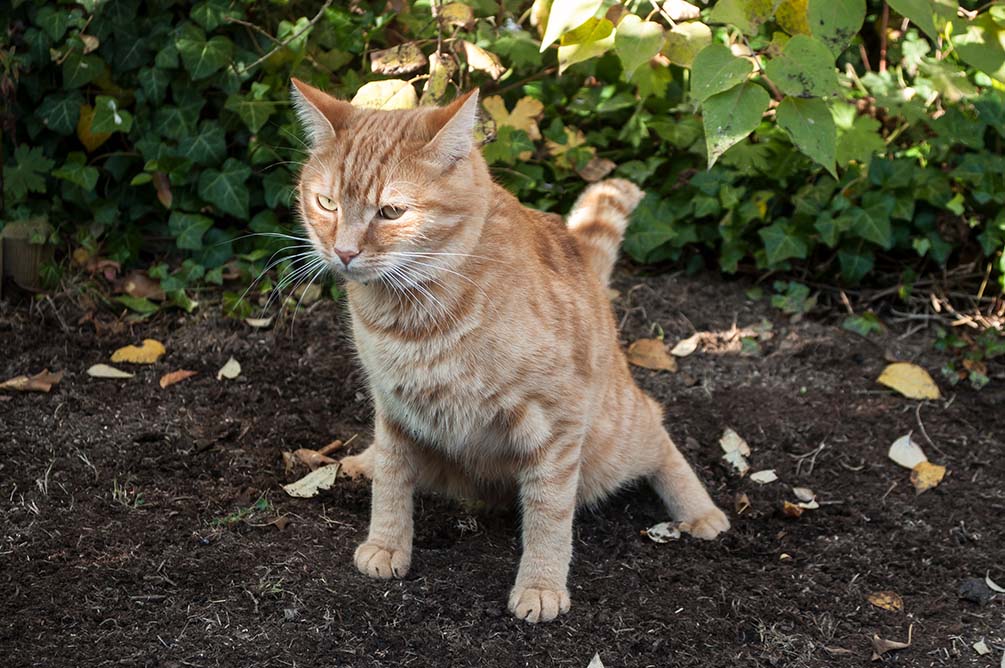
Handling Feral Cat Poop Safely
Please be mindful that you shouldn’t go around looking for feral cat feces for disposal. Areas frequently visited by feral cats may have pathogens in the environment (including microscopic ones that you can’t see). If a heavy feral cat population is near your residence, please get in touch with the local authorities and follow their lead on the matter.
Wear Gloves
Always wear gloves when handling or disposing of feral cat feces. This will protect you from exposure to diseases or parasites.
Use a Scoop or Shovel
Use a scoop or shovel to remove the feces without directly touching it. Place the feces in a plastic bag and seal it before disposal.
Dispose of Properly
To prevent the spreading of diseases and parasites in your home, dispose of the bag containing the feces in an outdoor trash can.
Wash Hands Thoroughly
After dealing with feral cat feces, do not forget to cleanse your hands using soap and water. Doing so will help protect you from germs and bacteria.
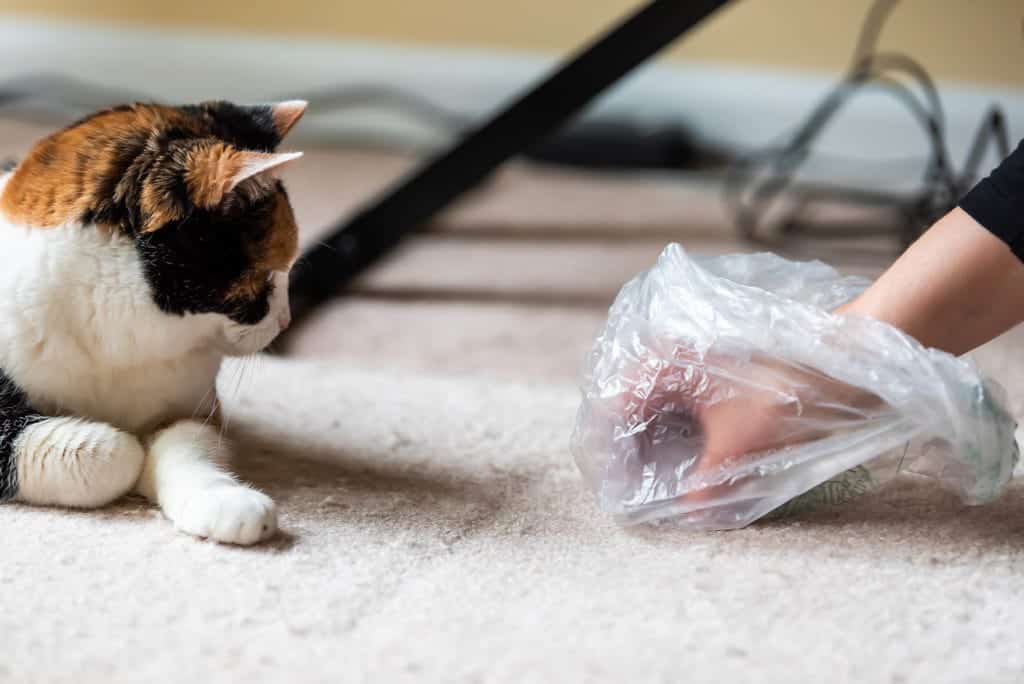

Conclusion
Although they look like house cats, feral cats survive on a wild diet of small animals like rodents and birds. Understanding what feral cat poop looks like is crucial for pet owners, wildlife enthusiasts, and individuals dealing with feral cat colonies. Recognizing feral cat feces’ appearance, odor, and contents can keep you, your pets, and your community safe.
Featured Image Credit: Shino, Unsplash

